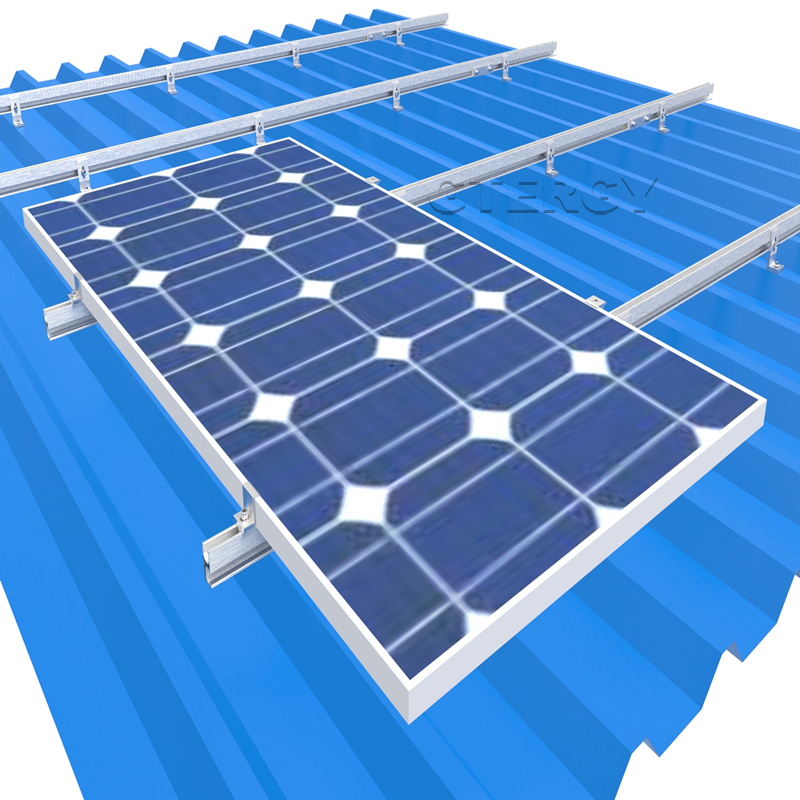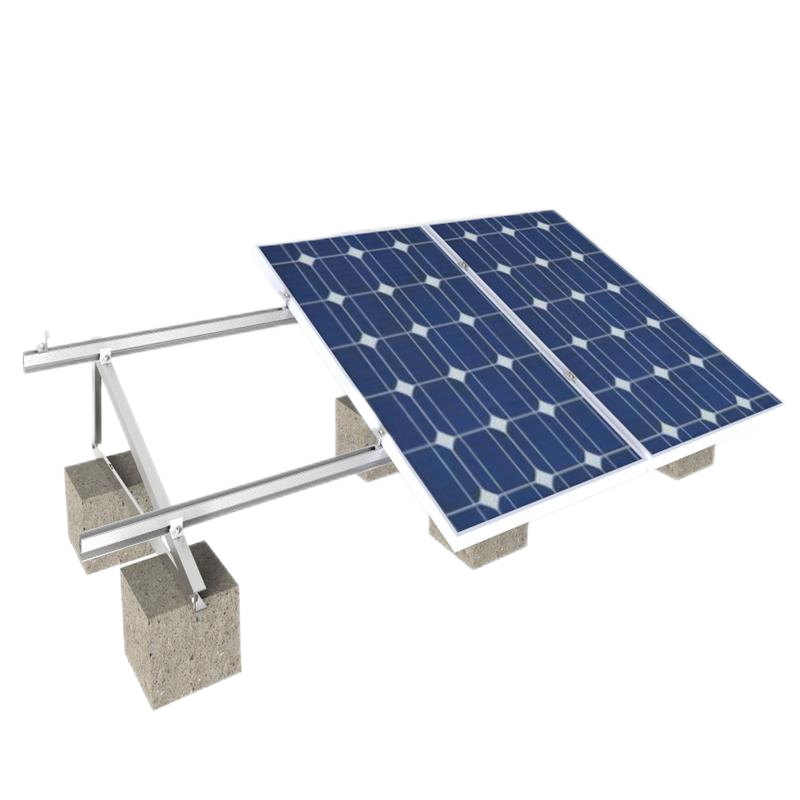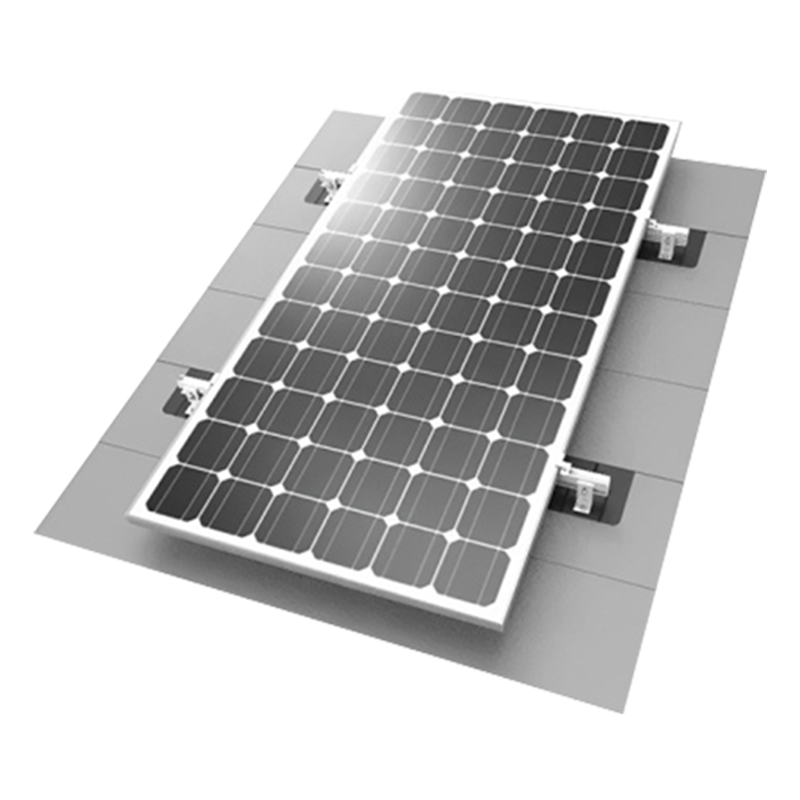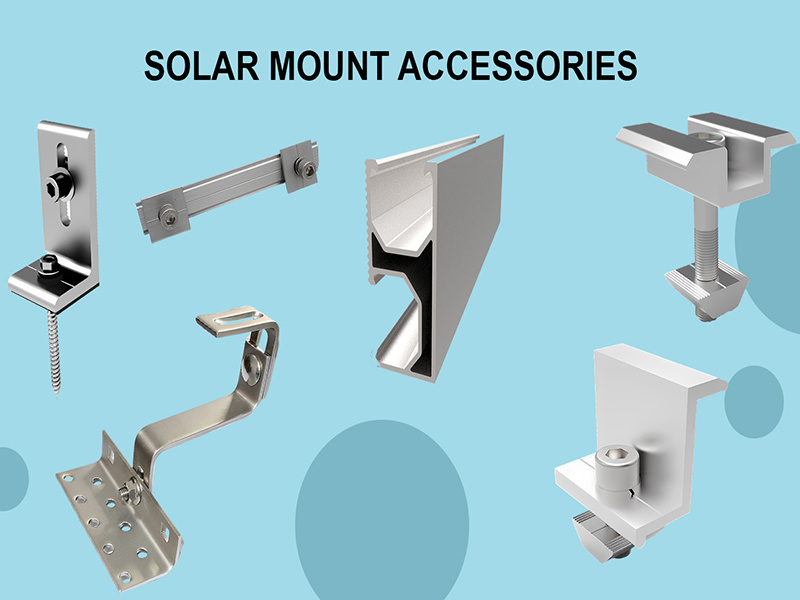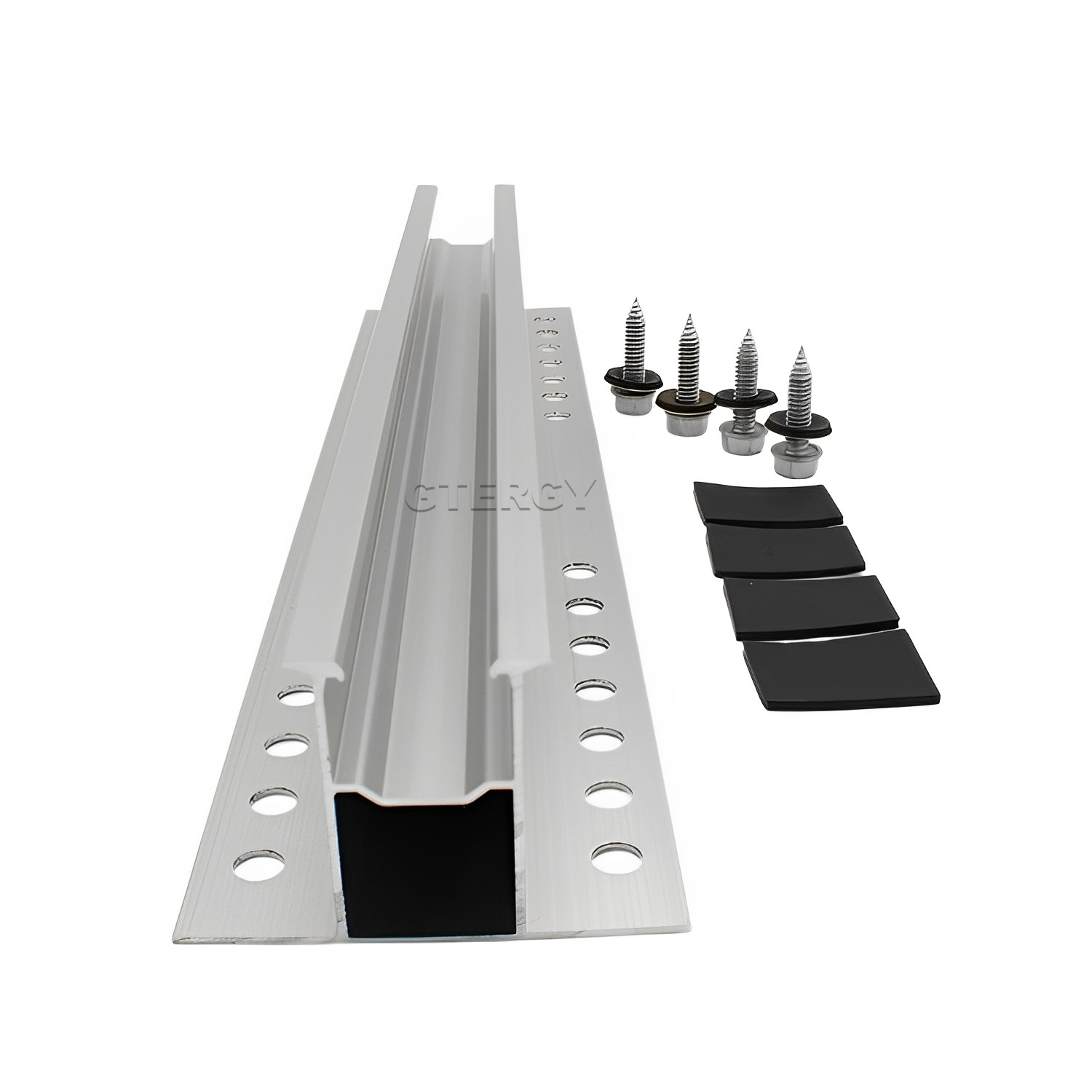Maximizing Stability: The Key Role of Mini Rail Systems in Solar Panel Installations
2025-08-16
Maximizing Stability: The Key Role of Mini Rail Systems in Solar Panel Installations
Table of Contents
- Understanding Mini Rails in Solar Panel Installations
- Importance of Stability in Solar Panel Installations
- Benefits of Using Mini Rail Systems
- Design Considerations for Mini Rail Systems
- Installation Techniques for Mini Rail Systems
- Maintenance and Inspection of Mini Rail Systems
- Case Studies: Successful Mini Rail Implementations
- The Future of Mini Rail Systems in Solar Technology
- FAQs About Mini Rail Systems in Solar Installations
Understanding Mini Rails in Solar Panel Installations
In the realm of solar energy, maximizing the efficiency and stability of installations is crucial. Mini rails have emerged as an essential component in mounting solar panels securely. These compact rail systems are designed to provide optimal support while minimizing the footprint of solar installations. By understanding the role and functionality of mini rails, solar energy providers can enhance the performance of their systems.
Importance of Stability in Solar Panel Installations
Stability plays a pivotal role in the longevity and performance of solar panels. A stable installation ensures that solar panels remain securely in place, reducing the risk of damage from environmental factors such as wind, snow, and rain. Instability can lead to misalignment, which diminishes energy absorption and can even pose safety hazards. Therefore, integrating robust mounting systems like mini rails is essential for achieving reliable solar energy production.
Factors Affecting Stability
Several factors affect the stability of solar panel installations:
- Wind Loads: High winds can exert significant force on solar panels, potentially causing them to shift or detach if not properly secured.
- Snow Loads: Accumulation of snow can add considerable weight to solar panels, necessitating a strong support system that can handle such loads.
- Terrain Variability: Uneven ground or sloped roofs require adaptable mounting solutions that can maintain stability across different surfaces.
Benefits of Using Mini Rail Systems
Utilizing mini rail systems for solar panel installations offers numerous advantages:
1. Enhanced Structural Integrity
Mini rails provide additional structural support, ensuring that solar panels remain securely mounted under various environmental conditions. Their robust design helps them withstand high wind and snow loads, thus enhancing the overall durability of the installation.
2. Lightweight and Compact
These systems are lightweight and compact, making them easier to handle and install compared to traditional mounting systems. This can reduce labor costs and installation time, making mini rails an attractive choice for solar energy providers.
3. Flexibility in Design
Mini rail systems can be adapted to fit a variety of roof types and orientations, allowing for greater flexibility in the design of solar installations. This adaptability ensures that solar panels can be optimally positioned for maximum sunlight exposure.
4. Cost-Effectiveness
By reducing material waste and minimizing installation complexity, mini rail systems offer a cost-effective solution for solar panel mounting. Furthermore, their durability can lead to lower maintenance costs over the lifespan of the installation.
Design Considerations for Mini Rail Systems
When designing a mini rail system for solar panel installations, several key considerations must be taken into account:
1. Load Capacity
Understanding the load capacity of mini rails is essential to ensure they can support the weight of the solar panels and withstand environmental stresses.
2. Material Selection
Choosing the right materials for mini rails is crucial. Options such as aluminum and galvanized steel offer excellent corrosion resistance and strength, making them ideal for long-term use.
3. Mounting Orientation
The orientation of the mounting system can significantly affect energy production. Proper alignment with the sun’s path maximizes efficiency and output.
4. Local Codes and Regulations
Compliance with local building codes and regulations is vital for legal and safety considerations. Ensure that the mini rail system meets all necessary requirements.
Installation Techniques for Mini Rail Systems
Proper installation techniques are essential to the performance of mini rail systems. Here are some steps to follow:
1. Site Assessment
Conduct a thorough site assessment to identify optimal locations for solar panel placement based on sunlight exposure and structural integrity.
2. Proper Mounting Position
Install mini rails at the correct angle and position to maximize sunlight absorption. Ensure that the rails are level to prevent misalignment of the solar panels.
3. Secure Attachment
Use appropriate fasteners and brackets to securely attach mini rails to the mounting surface. This guarantees stability and prevents movement during adverse weather conditions.
4. Regular Inspections
After installation, conduct regular inspections to ensure that all components remain secure and functional, addressing any issues promptly.
Maintenance and Inspection of Mini Rail Systems
Regular maintenance and inspection of mini rail systems are critical for ensuring their longevity and effectiveness:
1. Routine Visual Checks
Conduct routine visual checks for signs of wear, rust, or damage. Early detection of issues can prevent costly repairs in the future.
2. Fasteners and Connections
Inspect all fasteners and connections to ensure they remain tight and secure. Re-torquing may be necessary after extreme weather events.
3. Cleaning
Keep the mini rails and solar panels clean from debris, dust, and obstructions to maintain optimal performance and energy production.
Case Studies: Successful Mini Rail Implementations
Examining real-world applications of mini rail systems demonstrates their effectiveness:
1. Residential Solar Installations
In numerous residential projects, mini rails have provided robust support for solar panels, ensuring they withstand the test of time and weather, while enhancing energy efficiency.
2. Commercial Solar Farms
Commercial solar farms utilizing mini rail systems have reported increased output and reduced maintenance costs compared to traditional mounting systems due to their superior stability and adaptability.
The Future of Mini Rail Systems in Solar Technology
The future of mini rail systems in solar technology looks promising. With ongoing advancements in materials and design methodologies, these systems will continue to evolve, offering even greater stability and efficiency. As the demand for renewable energy sources grows, the adoption of innovative mounting solutions will play a vital role in the proliferation of solar energy installations worldwide.
FAQs About Mini Rail Systems in Solar Installations
1. What are mini rail systems?
Mini rail systems are compact mounting solutions designed to securely hold solar panels, providing stability and structural support.
2. How do mini rails contribute to the stability of solar installations?
Mini rails enhance stability by distributing the weight of solar panels evenly, securing them against environmental forces such as wind and snow.
3. Can mini rail systems be used on all types of roofs?
Yes, mini rail systems are adaptable and can be installed on various roof types, including flat, sloped, and metal roofs.
4. What materials are commonly used for mini rails?
Aluminum and galvanized steel are popular choices due to their durability and resistance to corrosion.
5. How often should mini rail systems be inspected?
It is recommended to conduct visual inspections at least twice a year and after severe weather events to ensure their continued performance and safety.
Conclusion
In summary, mini rail systems play a crucial role in maximizing the stability and efficiency of solar panel installations. By understanding their benefits, design considerations, and proper installation techniques, solar energy providers can leverage these systems to enhance the overall performance and longevity of their solar projects. As the solar industry continues to grow, the integration of innovative mounting solutions like mini rails will undoubtedly be a key factor in shaping the future of renewable energy.
Related Information



